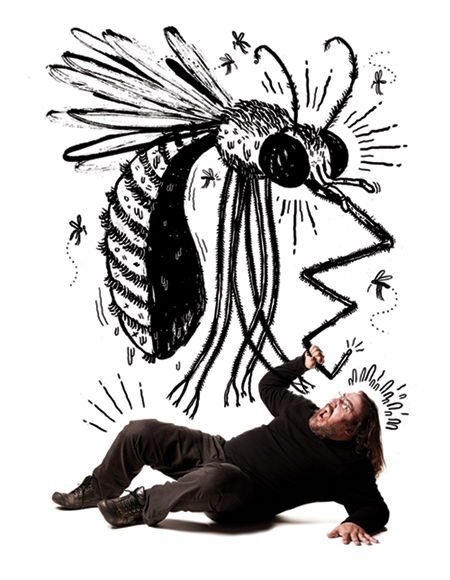“In 2003, the first time West Nile showed up, there were 10 human cases in the Edmonton area and 16 fatalities across the country from the virus. But then, there were also 16 people killed by lightning strikes in Canada. So, it’s not something to avoid going outside about, but at the same time, you wouldn’t want to go out golfing in a lightning storm.
“As the mosquito is taking a blood meal, she’s also injecting an anticoagulant [blood thinner] to get the blood flowing. And most people have a reaction to that anticoagulant saliva, and that’s what’s causing the itching; it’s that your body is essentially attacking the proteins that she’s injecting into the body. Some people don’t have a reaction.
“Mosquitoes may be drawn to the yard by the light of a bug zapper, and then detect carbon dioxide and increase the amount of biting. A lot of the bugs that are zapped are actually beneficial. And even if they aren’t, if a big, juicy housefly gets zapped by one of those, they can actually explode and throw fly shrapnel up to three metres. So, it’s best not to eat a picnic lunch close by.
“Some species can live up to a year or more. But in general, most live probably three or four days as an adult.
“They’re highly adaptable. There’s even a mosquito species from Alberta that’s tough enough to survive the fluids of a carnivorous pitcher plant and scavenge all the stuff the plant collects.
“Back in the ’80s, the City of Edmonton did some mark-and-recapture studies. They actually took a bunch of mosquitoes and covered them in fluorescent orange and pink dyes and then released them near Villeneuve and then took a look in light traps to see how far they got. They found them in the river valley of the North Saskatchewan, up to 25 kilometres from where they were released.”
